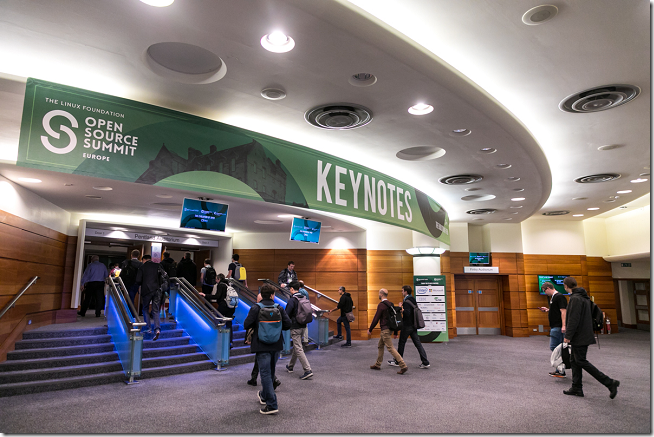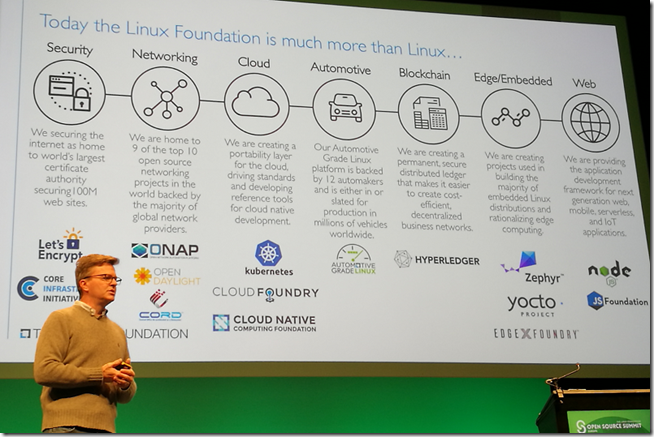I happened across Tom Warren’s list of 9 best apps for your new Windows PC and it gave me pause for thought. You may love some of those apps – Tweeten, Wox, ShareX, for example – but as it happens I don’t use any of them and it strikes me as a weak list.
There are reasons for this and it is not Warren’s fault (though of course you can argue with his selection, that’s really the point of this kind of post).
The most essential app for Windows is Microsoft Office. In business environments a new Windows 10 installation may only need Office, or Office and perhaps a few custom business applications, and it is ready to go.
You might add Chrome or Firefox if you want to avoid Edge (I use Edge and find it pretty good), and you probably want Adobe Reader or equivalent as Edge is not that good for PDFs.
There are other fantastic commercial applications of course, not least Adobe’s amazing Creative Cloud, and of course stalwarts like AutoCAD.
These expensive business applications are not the kind of thing you want to list in a consumer-oriented post though. So you end up desperately searching the Windows Store for apps that deserve to be on a “best apps” list. It is not easy.
The core problem is that Microsoft expended considerable energy telling developers not to bother with classic Windows desktop applications but to target the Windows Runtime, later reworked as UWP (Universal Windows Platform). Then with Windows 10 (and the abandonment of Windows 10 mobile) UWP became rather pointless. You can debate this back and forth, but the net result is that much of the life was sucked out of the Windows developer ecosystem, even though Windows remains popular.
I don’t see this changing and it will not help Microsoft sustain Windows market share versus Google Chrome OS and Apple iPad Pro. From a consumer perspective, an iPad now has vastly better apps than Windows.
Incidentally, my favourite free Windows apps are Visual Studio Code, Filezilla, Putty, Notepad++, Paint.NET, Audacity, Foobar2000 and Open Live Writer. And stuff I have installed in Windows Subsystem for Linux (Ubuntu) though I am not sure if that counts.





